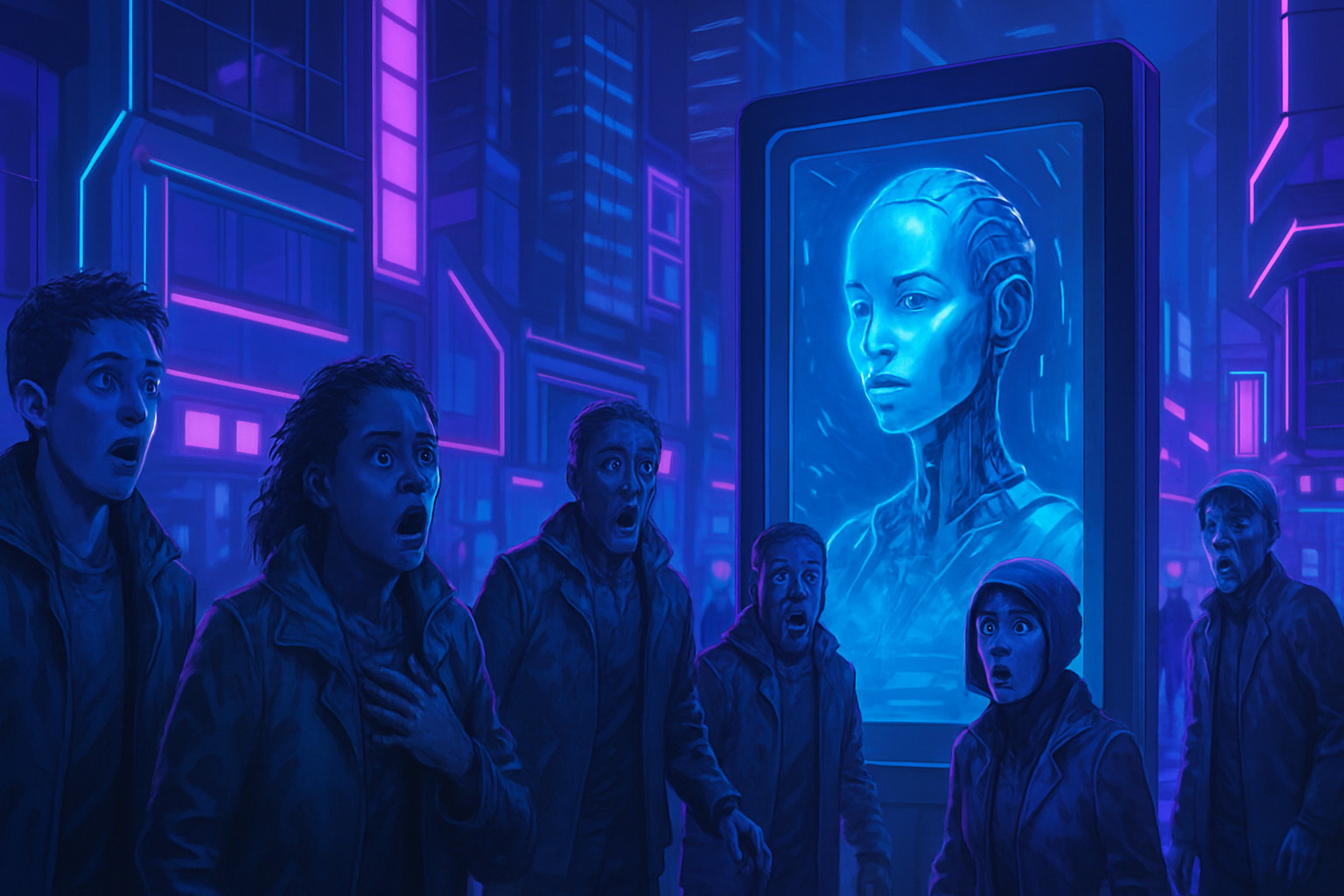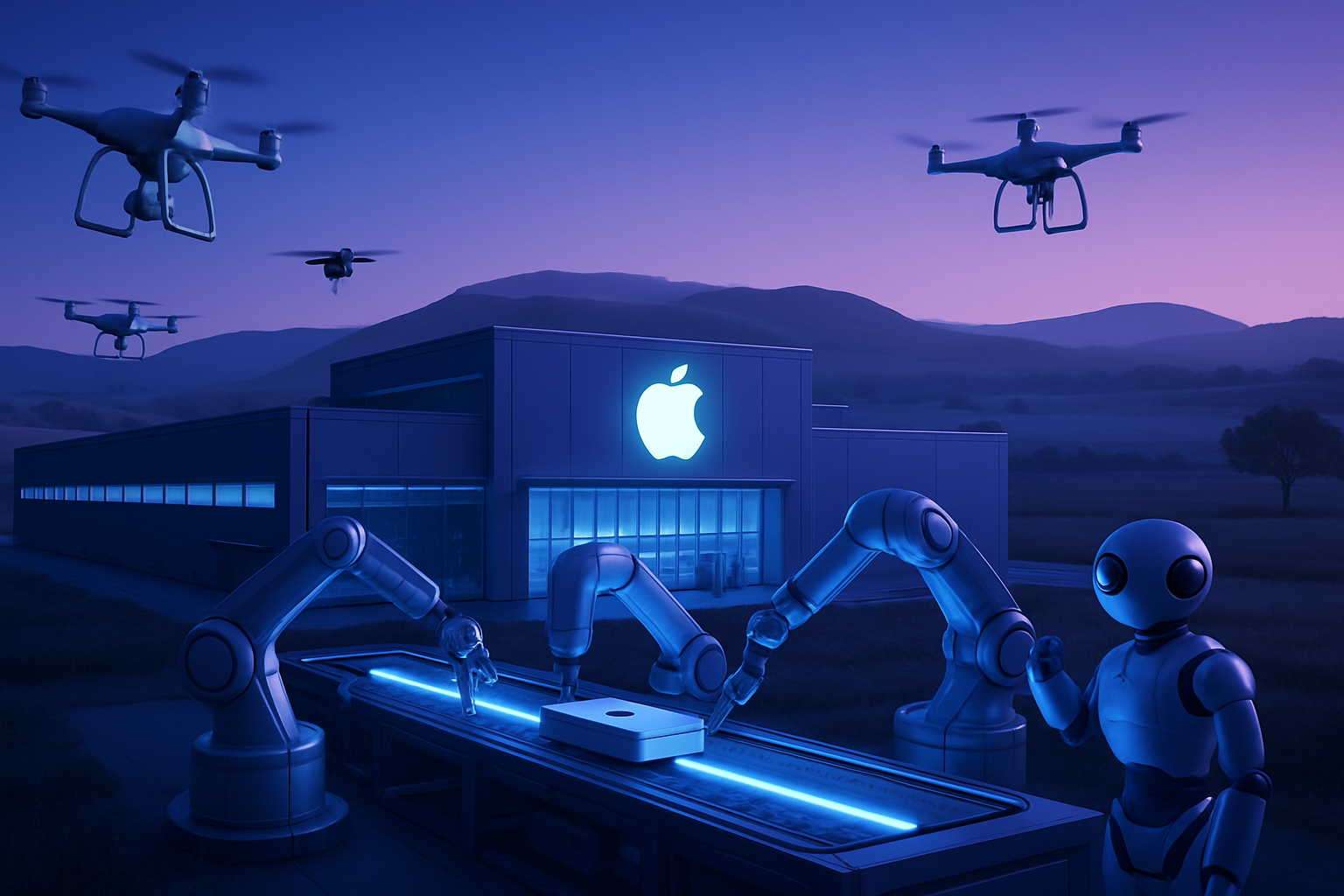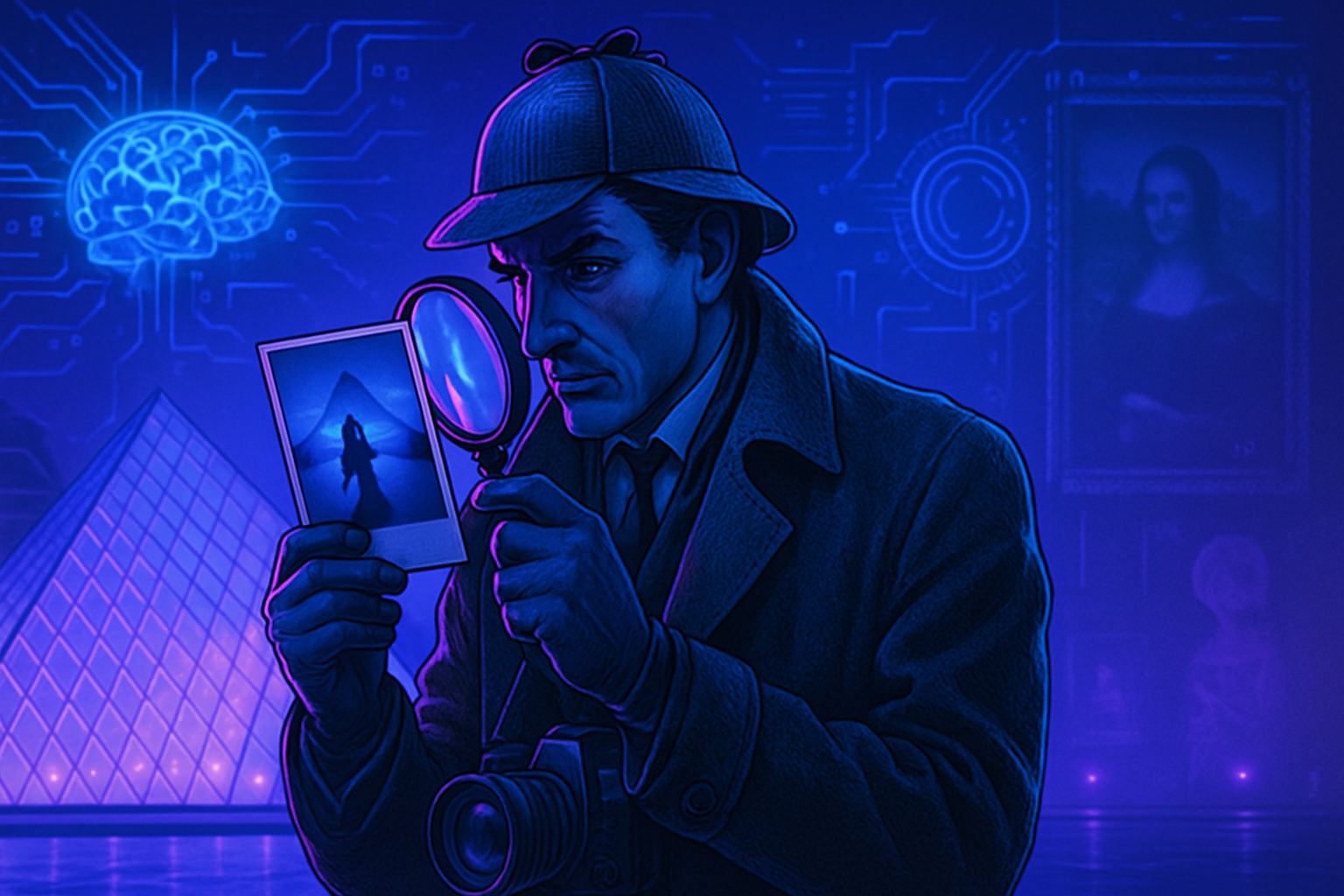Innovation and creativity intertwine at Apple with the presentation of a revolutionary table lamp. *A new era of interaction is emerging*, combining aesthetics and functionality through artificial intelligence capabilities. Inspired by the magical universe of Pixar, this lamp does not just illuminate; *it interacts with its user*. This innovative project reflects a disruptive approach where mechanical expressiveness merges with *human experience*. The stakes of this innovation captivate enthusiasts of embedded technologies and contemporary design.
Design of the expressive lamp by Apple
A team of Apple engineers has created an expressive table lamp capable of interacting with its users. Far from being a simple static object, this lamp impresses with its ability to respond to gestures and voice commands. The designers presented an article on the prepublication server arXiv, detailing the features and development process of this innovation.
Inspired by Luxo Jr.
The designers took inspiration from the famous short film Luxo Jr. by Pixar released in 1986. This film left a mark with its realistic animation, where the lamp mimics human behaviors such as surprise and curiosity. Apple’s new lamp, while providing light, also displays a fascinating personality, reacting reflexively to external stimuli.
The lamp can emit sounds via a speaker, recognize voices through a microphone, and move thanks to small motors, creating a dynamic interaction with its user.
Artificial intelligence capabilities
Equipped with artificial intelligence capabilities, this lamp responds to requests while adapting to the needs of its owner. For instance, it can move closer or further away based on the user’s gestures. When asked about the weather, it first looks out the window before consulting an online source.
Research suggests that everyday devices with personality might be more accepted in homes than full humanoids. This approach makes interaction with devices more intuitive and enjoyable.
Expressions and movements
Research raises an important point: humans have a particular sensitivity to expressive movements. Observing how a lamp can imitate human gestures, such as leaning forward or pulling back, captivates the user and strengthens the emotional connection with this new object.
Every gesture of the lamp can thus reflect states of mind, offering an additional dimension to what was merely intended as a simple lighting accessory. The designers also noted that these movements can enhance the quality of life at home, akin to an interactive pet.
A musical interaction
When it detects music, the lamp begins to dance, adding a playful touch to the environment. This feature recalls the behaviors of a pet bat, bringing a friendly and joyful aspect to its daily use.
Apple engineers demonstrate the efficiency of the lamp’s AI capabilities, as it adjusts its position to illuminate a precise field of vision without being directly prompted, thereby proving its autonomy and contextual intelligence.
Conclusion: The future of domestic devices
This innovation from Apple reflects a vision that places emotions and expressiveness at the center of human-machine interactions. With the rise of connected devices, the possibilities for future integrations seem endless.
For more information on the design of this unique lamp, the research article is available on arXiv. The presentation by Apple engineers foreshadows the potential evolution of domestic devices in a world where human and technology intertwine harmoniously.
Frequently asked questions about Apple’s expressive table lamp
What makes Apple’s table lamp unique compared to other lamps?
The Apple table lamp stands out for its ability to interact expressively with users. It incorporates artificial intelligence features and can respond to gestures, movements, and voice commands, offering a more engaging user experience.
How does the lamp communicate with its users?
The lamp uses a microphone to listen for voice commands, a camera to perceive its environment, and motors to perform movements based on human interactions, such as gestures or verbal requests.
What is the connection between Apple’s lamp and the Pixar universe?
The lamp is directly inspired by Luxo Jr., an iconic character from Pixar’s short films. This lamp model adopts traits of human behavior, such as surprise or curiosity, thereby enhancing its personality and expressiveness.
What is the main use of this lamp?
While its primary function is to provide light, Apple’s table lamp enriches this experience by seeming to “care for” the user’s needs, adjusting its position based on interaction.
Can the lamp dance or react to music?
Yes, when music is played, the lamp can start to “dance,” adding a playful and animated touch to its features and allowing for a more enjoyable interaction with the user.
What type of artificial intelligence technology does the lamp use?
The lamp uses a form of artificial intelligence to analyze user requests, perform online searches for information (such as the weather), and adapt its responses according to context and interactions.
Is the lamp available for public sale?
Currently, the lamp is a prototype and is not yet available for sale. Its commercialization will depend on the results of ongoing testing and research.
How important do Apple researchers consider the expressiveness of domestic devices?
Researchers believe that devices with personality can improve the interaction between humans and machines, making the use of technologies more pleasant and intuitive.






